Gerard Maral9780470866849, 0470866845
Since the first edition was published, the VSAT market has continued to expand steadily. VSAT technologies have advanced, prompting an increase in the take-up of VSAT services.
Offering a comprehensive introduction to the topic followed by a detailed exploration of multiple access protocols, delay analysis and system dimensioning, this edition is a highly relevant update of VSAT Networks. Written by a well respected and established member of the satellite community, it will be welcomed be academics and engineers alike. Covers important issues of services, economics and regulatory aspects Provides a detailed technical insight on networking and radio frequency link aspects, therefore addressing the specific features of VSAT networks at the three lower layers of the OSI Reference Layer Model for data communications This timely second edition is fully updated with new figures, improvements and revised chapter on future developments
This book will appeal to students of telecommunications, electronics and computer science. Practising telecommunications engineers and technical managers involved in the planning, design and operation of VSAT networks and systems will also find this book a valuable reference source.
Table of contents :
Team DDU……Page 1
Contents……Page 8
Preface……Page 12
Acronyms and Abbreviations……Page 16
Notation……Page 20
1.1 VSAT network definition……Page 26
1.2 VSAT network configurations……Page 30
1.3 User terminal connectivity……Page 34
1.4.1 Civilian VSAT networks……Page 36
1.5 VSAT networks: involved parties……Page 40
1.6.1 Star or mesh?……Page 42
1.6.2 Data/voice/video……Page 46
1.6.3 Fixed/demand assignment……Page 47
1.6.4 Frequency bands……Page 49
1.6.5 Hub options……Page 54
1.7.1 VSAT station……Page 55
1.7.2 Hub station……Page 60
1.8 Economic aspects……Page 64
1.9 Regulatory aspects……Page 66
1.9.1 Licensing……Page 67
1.9.3 Local regulations……Page 68
1.10.1 Advantages……Page 69
1.10.2 Drawbacks……Page 70
2 Use of satellites for VSAT networks……Page 72
2.1.1 The relay function……Page 73
2.1.2 Transparent and regenerative payload……Page 75
2.1.3 Coverage……Page 77
2.1.4 Impact of coverage on satellite relay performance……Page 80
2.1.5 Frequency reuse……Page 84
2.2.1 Newton’s universal law of attraction……Page 85
2.2.2 Orbital parameters……Page 86
2.3.2 Launching the satellite……Page 90
2.3.3 Distance to the satellite……Page 93
2.3.5 Conjunction of the sun and the satellite……Page 94
2.3.6 Orbit perturbations……Page 95
2.3.7 Apparent satellite movement……Page 97
2.3.8 Orbit corrections……Page 101
2.4 Satellites for VSAT services……Page 102
3.1.2 VSAT……Page 104
3.1.3 Antenna pointing……Page 106
3.2 The customer’s concerns……Page 110
3.2.3 Set-up time……Page 111
3.2.6 Failure and disaster recovery……Page 112
3.2.7 Blocking probability……Page 114
3.2.8 Response time……Page 115
3.2.10 Availability……Page 116
3.2.11 Maintenance……Page 121
3.2.13 Cost……Page 122
4.1 Network functions……Page 124
4.2.1 Links and connections……Page 125
4.2.2 Bit rate……Page 126
4.2.4 Delay……Page 128
4.2.7 Channel utilisation……Page 129
4.3.2 Traffic measurements……Page 130
4.3.3 Traffic source modelling……Page 131
4.4 The OSI reference model for data communications……Page 135
4.4.2 The data link layer……Page 137
4.4.3 The network layer……Page 139
4.4.4 The transport layer……Page 140
4.5.2 Protocol conversion (emulation)……Page 141
4.5.3 Reasons for protocol conversion……Page 143
4.6 Multiple access……Page 152
4.6.1 Basic multiple access protocols……Page 154
4.6.2 Meshed networks……Page 156
4.6.3 Star-shaped networks……Page 159
4.6.4 Fixed assignment versus demand assignment……Page 166
4.6.5 Random time division multiple access……Page 174
4.6.6 Delay analysis……Page 180
4.6.7 Conclusion……Page 186
4.7.1 Principles……Page 188
4.7.2 Guidelines for preliminary dimensioning……Page 189
4.7.3 Example……Page 193
4.8 Conclusion……Page 194
5 Radio frequency link analysis……Page 196
5.1 Principles……Page 197
5.1.1 Thermal noise……Page 198
5.1.3 Intermodulation noise……Page 199
5.1.5 Total noise……Page 201
5.2 Uplink analysis……Page 204
5.2.1 Power flux density at satellite distance……Page 205
5.2.2 Effective isotropic radiated power of the earth station……Page 206
5.2.3 Uplink path loss……Page 213
5.2.4 Figure of merit of satellite receiving equipment……Page 219
5.3 Downlink analysis……Page 220
5.3.2 Power Flux density at earth surface……Page 222
5.3.4 Figure of merit of earth station receiving equipment……Page 223
5.4 Intermodulation analysis……Page 230
5.5.1 Expressions for carrier-to-interference ratio……Page 232
5.5.2 Types of interference……Page 233
5.5.3 Self-interference……Page 234
5.5.4 External interference……Page 244
5.5.5 Conclusion……Page 250
5.6 Overall link performance……Page 251
5.7 Bit error rate determination……Page 254
5.9 Example……Page 256
Appendix 1: Traffic source models……Page 264
Appendix 2: Automatic repeat request (ARQ) protocols……Page 267
Appendix 3: Interface protocols……Page 270
Appendix 4: Antenna parameters……Page 275
Appendix 5: Emitted and received power……Page 279
Appendix 6: Carrier amplification……Page 282
Appendix 7: VSAT products……Page 285
References……Page 290
Index……Page 292
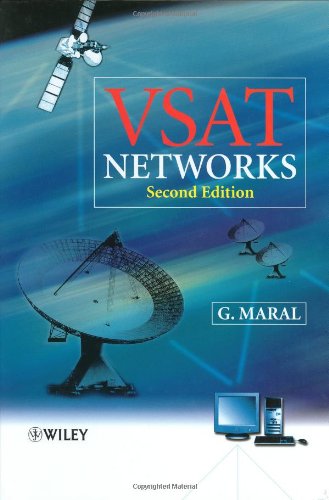
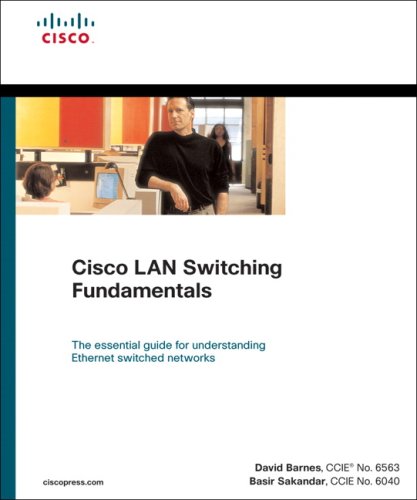
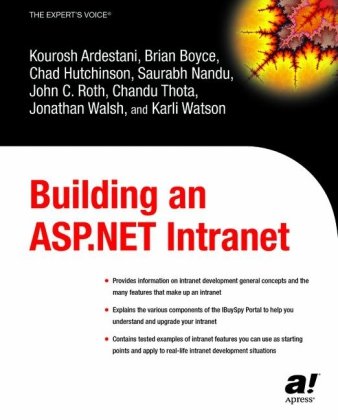
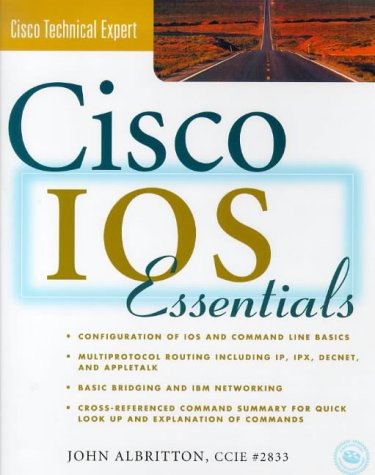
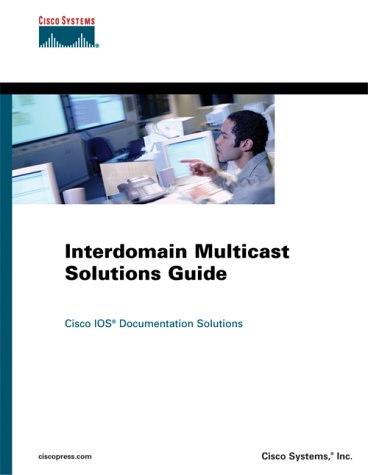


Reviews
There are no reviews yet.